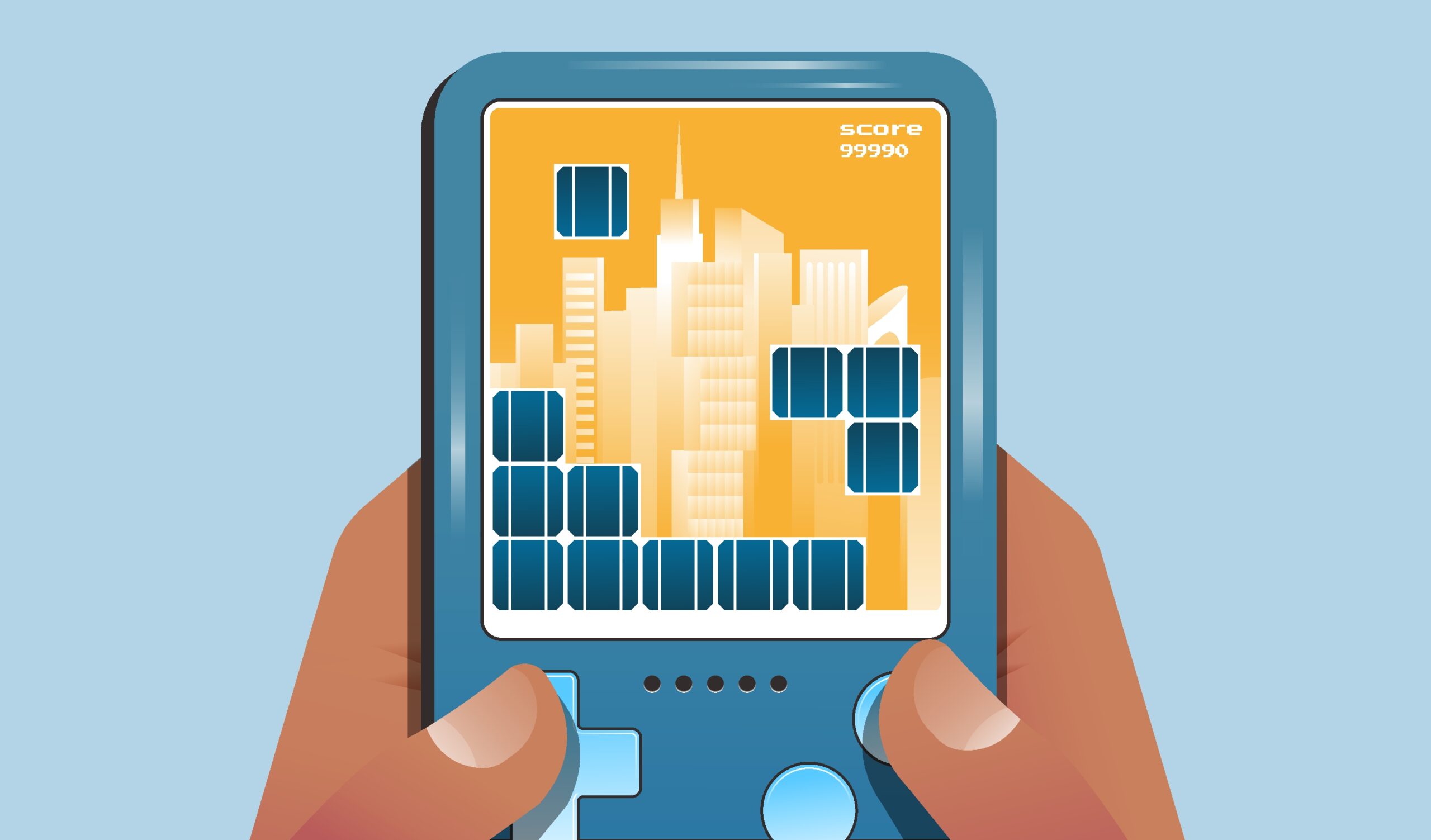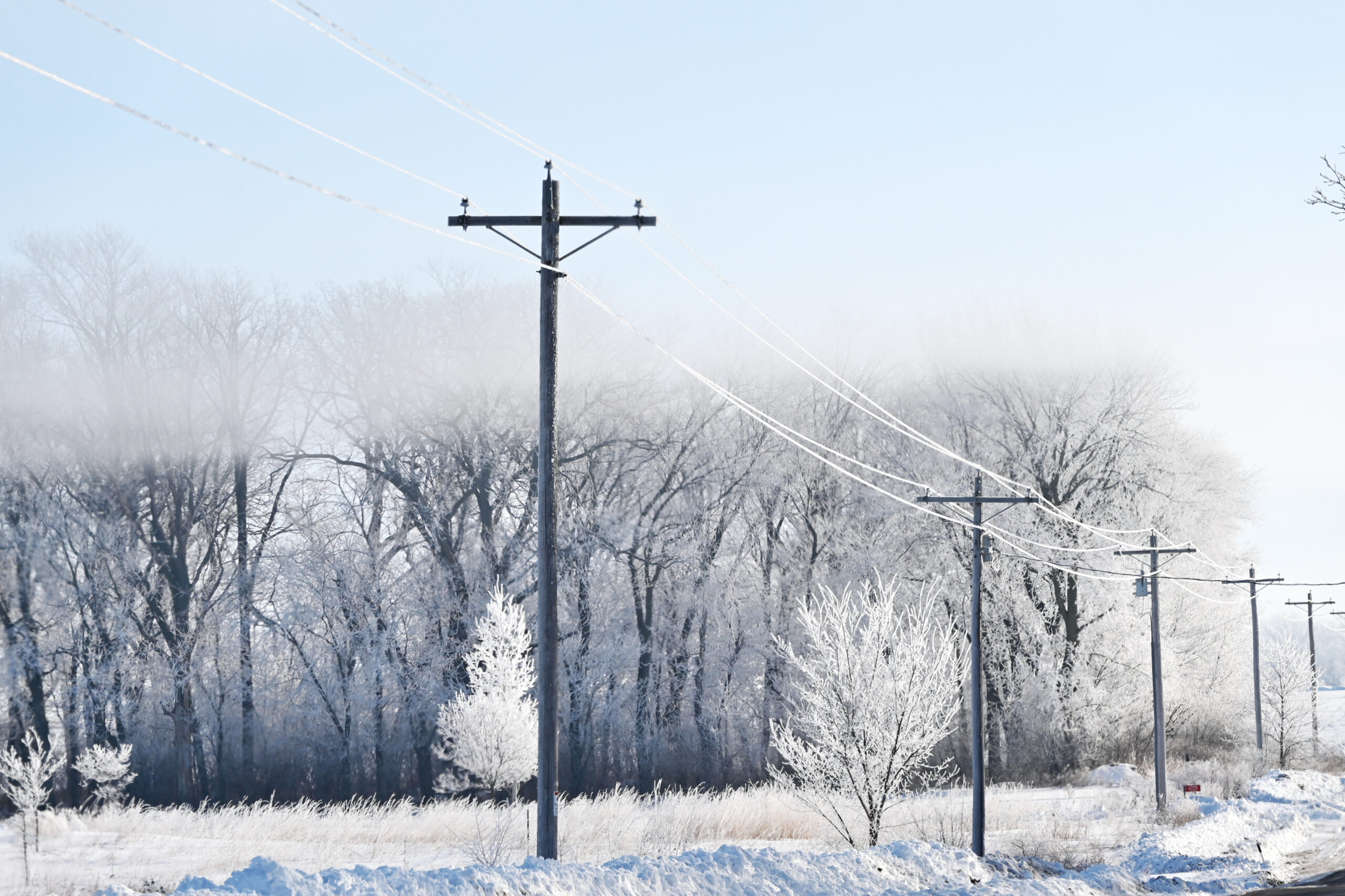Launching a demand response program is only half the battle. Planning, executing, and measuring results is its own endeavor. The (arguably more important) part of ensuring the success of your demand response program lies in the marketing, promotion, and enrollment of participants. After all, a program with no participating devices can skew your results, leave you without enough data to make future actionable decisions, and even jeopardize future funding and support for the program. Building pilots to program, these marketing and enrollment tactics become even more important for building a case and a robust program.
How Demand Response Helps
Demand response is, perhaps, one of the oldest energy conservation programs available. As one of many demand flexibility initiatives, demand response programs call upon customers to conserve during peak times of usage. These programs are controlled through distributed energy resource management systems (DERMS) and have proven valuable in both reducing energy costs and enhancing grid resiliency. In fact, the demand response market is booming, experiencing a 6.53% YOY increase between 2022 and 2023, an indication of continued investor interest and confidence.
Why Enrollment in Your Demand Response Program Matters
Measuring success is critical in any undertaking, whether that’s in determining your successes or failures. For demand response to prove useful, utilities must engage customers to not only enroll but participate during periods of peak demand. Remember: the more customers are willing to enroll and participate, the greater the overall conservation effort. In this case, greater participation rates correlate directly to decreased energy costs and the improved energy security that your customers want.
Tips for Boosting Enrollment in Your Demand Response Program
Because more customer participation leads to greater outcomes, driving enrollment in your demand response program is critical. There are several factors that drive enrollment and, later, participation, although research indicates a majority interest in demand response enrollment. In fact, studies indicate that successively younger generations are interested in committing to green energy initiatives, making younger generations more likely to enroll and participate, although not exclusively. Let’s take a look at a few tips to help drive enrollment and participation in your demand response program.
Choose Your OEM Partner Wisely
During the development phase of your program, make sure to secure device partnerships with OEMs that serve the most people in your community. Whether you’re running a BYOD thermostat or water heater program, consider devices that are the most common in your marketplace, which makes it more likely that your customers may in turn have the required device to enroll and participate in your program. Conversely, you can encourage participation by offering rebates or seeking products that are affordable to the widest base possible, and respectful to LMI communities. Again, the more customers enrolled and participating, the better the outcome, so eliminate as many barriers as possible.
Determine & Segment Your Audience
Relative to our last point, seek out the right audience. In order to run your demand response program, customers need access to WiFi interconnectivity and will require the proper device type for participation. Once you’ve determined the most likely approach to your program marketing campaign, use that data to inform your targeted marketing efforts, like paid media placements, mailers, or social media.
Advertise!
Now that you’ve determined the scope of your program, make sure that your audience is aware. Utilize a multi-channel approach to your marketing efforts by sharing your message across multiple platforms. That includes (but is not limited to):
- Building a public website, webpage, or portal to promote your program
- Social media
- Mailer inserts with customer billing statements
- Customer service scripts so that customer service representatives at utilities can spread the message
Make sure that these advertising efforts are made with simplicity in mind, from the design of the sign-up form to the language used in your messaging. Write out the specific details in your program, and explain why it matters, whether that’s through savings to the customer, to the community, or as a mitigation against climate change.
Customer Incentives
Incentives are an excellent way to motivate customer behaviors and can appear in a variety of forms. The incentives for your demand response program should capture the attention of your customers, no matter how that incentive is provided. Examples of incentives include:
- Financial Incentives – Perhaps the most common incentive type, providing customers with a financial incentive such as a billing credit, prepaid card, or direct payment is an excellent way to encourage customer participation and enrollment.
- Device rebates – This type of incentive is especially effective at encouraging customers to sign up for programs with more specific device needs, so consider this in the development stage of your demand response program.
- Time-of-Use Rates: Less a direct incentive, time-of-use rates refer to rate structures that evolve with demand, disincentivizing electric use during periods of peak consumption.
These incentives may appear in one lump sum or you could spread them out over a defined period of time. Either way, with the right DERMS, you can process your incentives digitally to make it easier for customers… and your operation! Whatever the case is, make sure that your customers know what they get, when they get it, and how it arrives.
Appeal To Altruism: Climate Change Matters!
An appeal to altruism is, as the name suggests, a rhetorical device designed to entice participation based on moral or ethical beliefs. As mentioned, successively younger generations are engaged in climate activism, making them more likely to engage in your demand response program. Likewise, energy prosumers have long pursued energy independence through the adoption of renewable energy technologies like rooftop solar and battery storage, an indication that they are equally as likely to alter their behaviors to minimize usage.
How To Boost Enrollment in Your Demand Response Programs Conclusion
In 2021, around 10.5 million U.S. customers enrolled in demand response programs, and that number will grow to meet the rapidly evolving needs of electrification efforts. By connecting with your customers and building rapport, you can secure the customer buy-in needed to boost enrollment and participation in your demand response programs.







